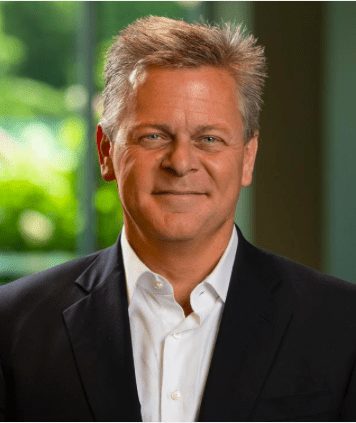As the nation reopens following pandemic closures, government contractors plan their return-to-office strategies focused on flexibility for employees and a commitment to customer needs, according to a recent survey conducted by WashingtonExec.
WashingtonExec asked 24 members of the GovCon community from firms in the D.C., Maryland and Virginia area about their general interest and ability to return to in-person work. Hybrid work environments are gaining traction, and the two largest trends in responses relate to giving employees flexibility with their remote or in-person schedule, and ensuring clients’ needs are accommodated in all situations.
The survey found hybrid and phased return-to-work plans were most prevalent, meaning respondents are either requiring employees be in the office less frequently moving forward (two to three days a week) or slowly increasing office capacity restrictions into the fall. For personnel returning to work, 96% of respondents said they are not requiring them to be vaccinated.
Overall, organizations are still promoting the maximum amount of telework possible, and following Centers for Disease Control and Prevention guidelines and local and state protocols. Flexibility and in-office restrictions are largely based on vaccination status, and respondents are making sure to follow the guidelines of government customers.

Jerry Hogge, senior vice president and general manager of MITRE Public Sector, said The MITRE Corp. is adopting a flexible return-to-work approach.
“The COVID-19 pandemic is a tragedy for our nation and the world, but thanks to American innovation and determination, we have vaccines that work and a nation that is returning to the great American way of life,” Hogge said. “At MITRE we have adopted a hybrid return-to-work policy to allow our staff flexibility as we return to normal operating mode, but we continue to monitor public health safety and CDC guidance for any possible change in our return to work posture.”
Nine respondents planning to return to work said they expect to do so within the August to September timeframe. Six respondents said they’re taking a phased approach depending on employee level, and five have already returned. The survey found Labor Day to be a common date for full-scale return-to-work plans, but employees working on government client sites are mostly back to work or will be by the end of July.
Additional themes regarding timelines include focusing on customer needs and timelines as organizations decide their own return-to-work plans, providing flexibility to employees with children in school or daycare, and understanding the work structure will be fundamentally different than pre-pandemic times.

This rings especially true at LMI, as Chief Performance Officer and lead for LMI post-COVID operations Suzan Cengiz said the firm has kept its people and clients first to ensure there are no disruptions to their missions.
“With the changing landscape, there is not a one-size-fits-all approach to how we will work post-COVID,” she said. “As we make adjustments to our post-COVID operations, we are continuing to be focused on our mission to our clients while at the same time taking care of our people.”
In fact, the majority of respondents said their organizations are deciding which employees remain fully or semi-remote based on team and business needs, and client and program requirements. Scheduling for cleared personnel who can only work onsite is client-dependent for 58% of respondents.

“COVID has opened up a lot of opportunities for how we can successfully meet our clients’ mission and corporate initiatives, while offering employees the flexibility and work/life balance of working remotely,” said Christine Cocrane, vice president of LMI’s Management Advisory Services.
Ultimately, organizations are balancing client and employee needs and safety as they devise return-to-work plans and requirements. The report found similarities in how organizations are leveraging new hybrid work environments to better meet those needs.
And while there is no guide for how to do this best, Cocrane finds comfort in knowing many GovCon organizations are on the same page.
“Specifically, I am happy to see that we all want to maintain flexibility for our employees, while maintaining our devotion to the mission of our clients,” she said.

